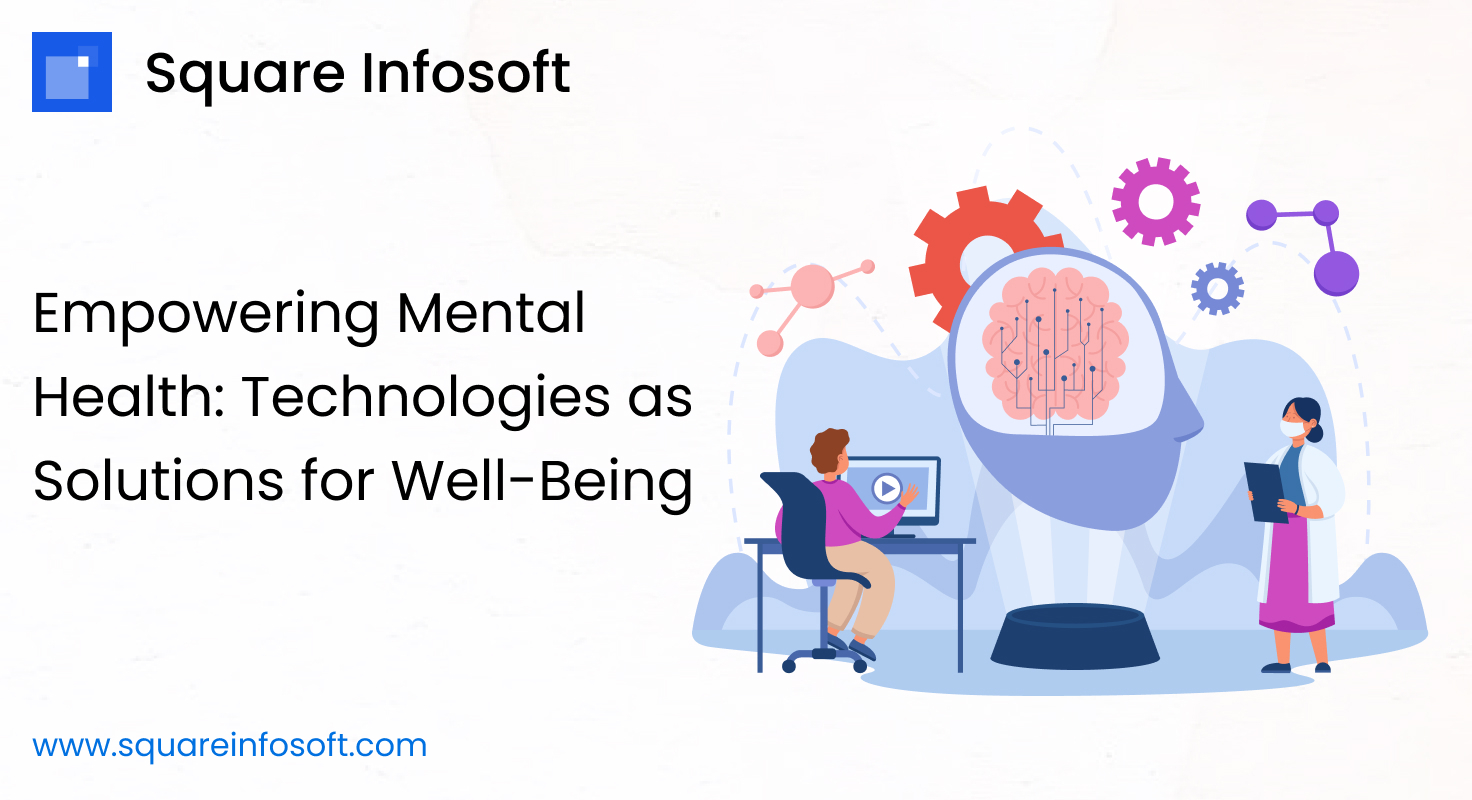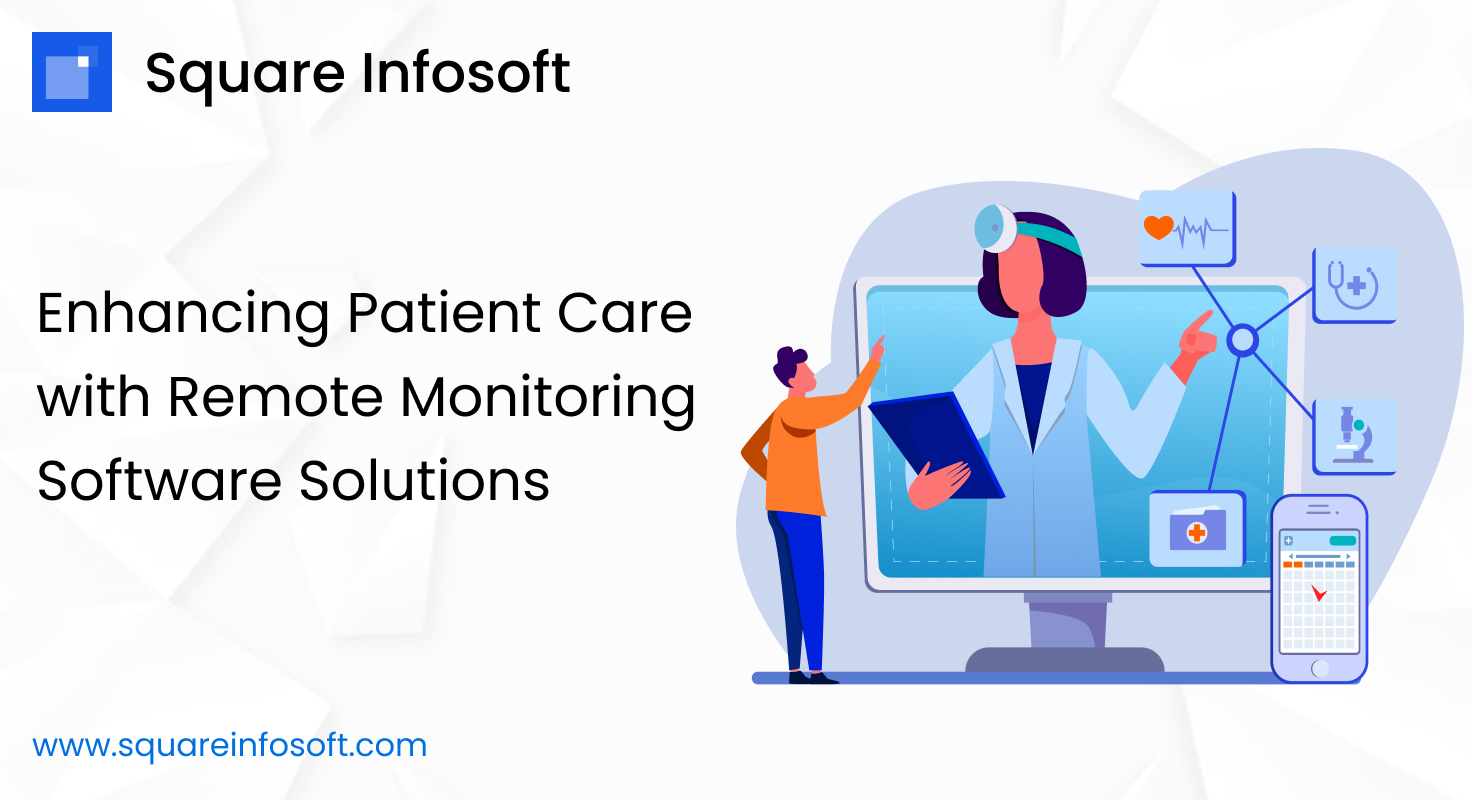Introduction:
The insurance industry, traditionally known for its complex processes and paperwork, is undergoing a significant transformation fueled by advancements in technology. With the advent of app and web development, insurers are leveraging digital platforms to streamline their processes, enhance customer experience, and stay competitive in the market. This article delves into the role of app and web development in revolutionizing insurance processes, exploring the benefits, challenges, and strategies for successful implementation.
Benefits of App and Web Development in Insurance:
- Enhanced Customer Experience: Digital platforms such as mobile apps and web portals offer convenient access to insurance services, allowing customers to manage policies, submit claims, and access support resources anytime, anywhere.
- Improved Efficiency: Automation of routine tasks through app and web development reduces manual effort and accelerates the insurance process, from policy issuance to claims processing. This leads to faster turnaround times and increased operational efficiency.
- Personalization: Customizable interfaces and data-driven insights enable insurers to offer personalized products and services tailored to individual customer needs and preferences, enhancing customer satisfaction and loyalty.
- Data Analytics: App and web development facilitates the collection and analysis of vast amounts of data, providing insurers with valuable insights into customer behavior, market trends, and risk profiles. This data-driven approach enables informed decision-making and risk management strategies.
- Cost Savings: By digitizing processes and reducing reliance on paper-based documentation, app and web development help insurers streamline operations and lower administrative costs, leading to overall cost savings.
Challenges in Implementing App and Web Development in Insurance:
- Data Security Concerns: The digitization of sensitive customer information raises concerns about data security and privacy. Insurers must implement robust security measures to protect customer data from unauthorized access and cyber threats.
- Integration Complexity: Integrating app and web platforms with existing legacy systems and third-party applications can be complex and challenging. Ensuring seamless data exchange and interoperability requires careful planning and coordination.
- User Adoption: Encouraging customers to adopt digital channels for insurance transactions may face resistance, particularly among older or technologically challenged demographics. Insurers must provide user-friendly interfaces and comprehensive support to facilitate adoption.
- Regulatory Compliance: Compliance with regulatory requirements and industry standards, such as GDPR and HIPAA, poses challenges for insurers developing app and web solutions. Ensuring adherence to data protection laws and regulatory guidelines is essential to avoid legal and reputational risks.
- Technical Maintenance: App and web development projects require ongoing maintenance and updates to keep pace with evolving technology trends and security threats. Insurers must allocate resources for regular maintenance and system upgrades to ensure optimal performance and security.
Addressing Challenges and Implementing Solutions:
- Data Encryption and Access Controls: Implement robust data encryption protocols and access controls to safeguard customer data from unauthorized access. Regular security audits and penetration testing can help identify and address vulnerabilities proactively.
- API Integration and Middleware Solutions: Utilize application programming interfaces (APIs) and middleware solutions to facilitate seamless integration between app and web platforms, legacy systems, and third-party applications. This approach simplifies data exchange and enhances interoperability.
- User-Centric Design: Prioritize user experience (UX) design principles to create intuitive and user-friendly interfaces for insurance apps and web portals. Conduct user testing and gather feedback to iterate and improve the usability of digital channels.
- Compliance Monitoring and Training: Establish robust compliance monitoring processes to ensure adherence to regulatory requirements and industry standards. Provide regular training and awareness programs for employees to uphold data protection and privacy practices.
- Continuous Monitoring and Updates: Implement proactive monitoring and maintenance practices to identify and address technical issues and security vulnerabilities promptly. Regular software updates and patches help mitigate security risks and ensure system reliability.
Conclusion:
App and web development are playing a pivotal role in revolutionizing insurance processes, offering a plethora of benefits such as enhanced customer experience, improved efficiency, personalization, data analytics, and cost savings. However, implementing digital solutions in the insurance industry comes with its own set of challenges, including data security concerns, integration complexity, user adoption, regulatory compliance, and technical maintenance.
By addressing these challenges through robust security measures, seamless integration strategies, user-centric design, compliance monitoring, and continuous maintenance, insurers can unlock the full potential of app and web development to transform their operations and deliver superior customer value. As the insurance industry continues to embrace digital innovation, those who successfully leverage app and web development will gain a competitive edge and thrive in the evolving landscape of insurance services.




